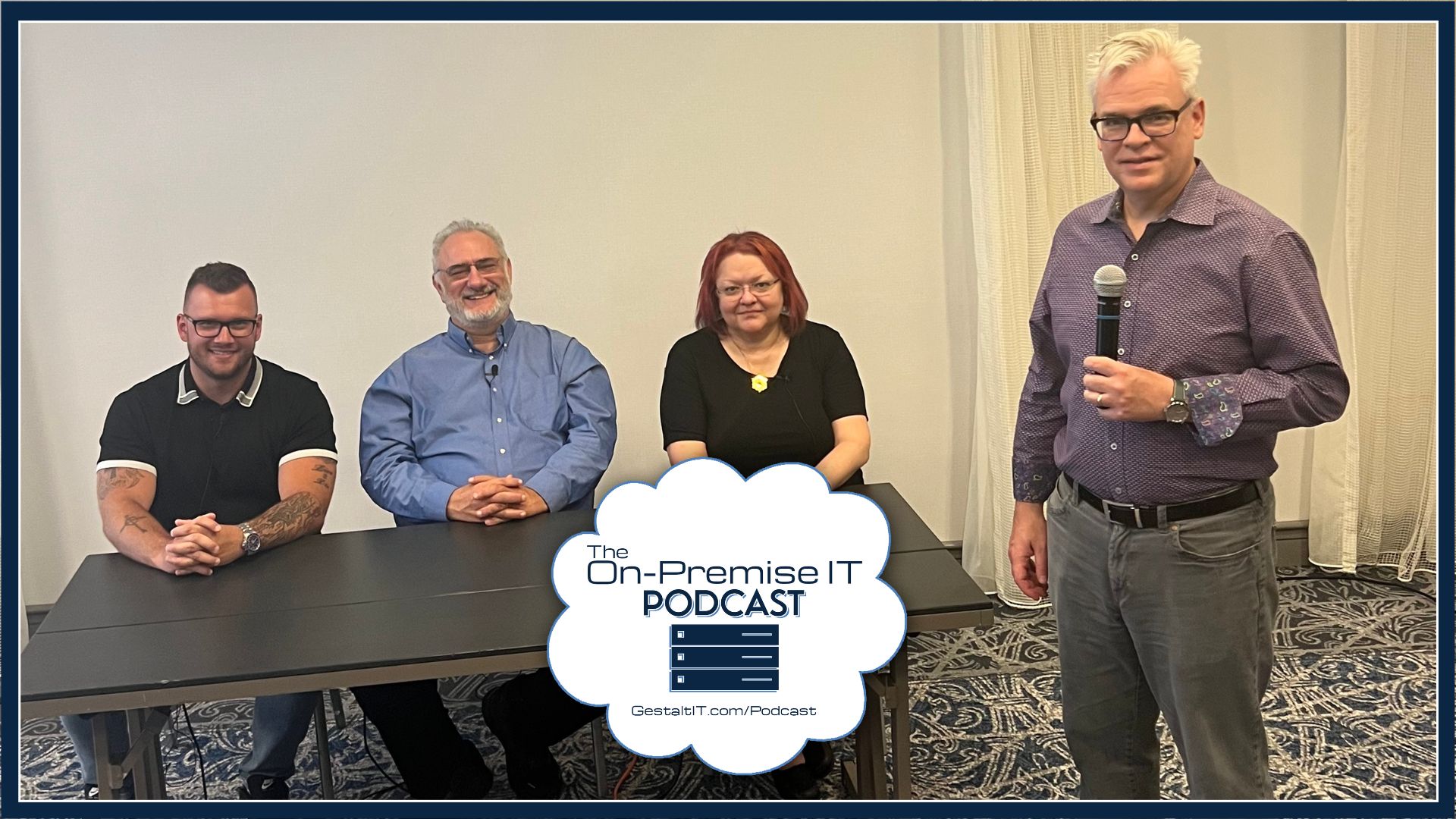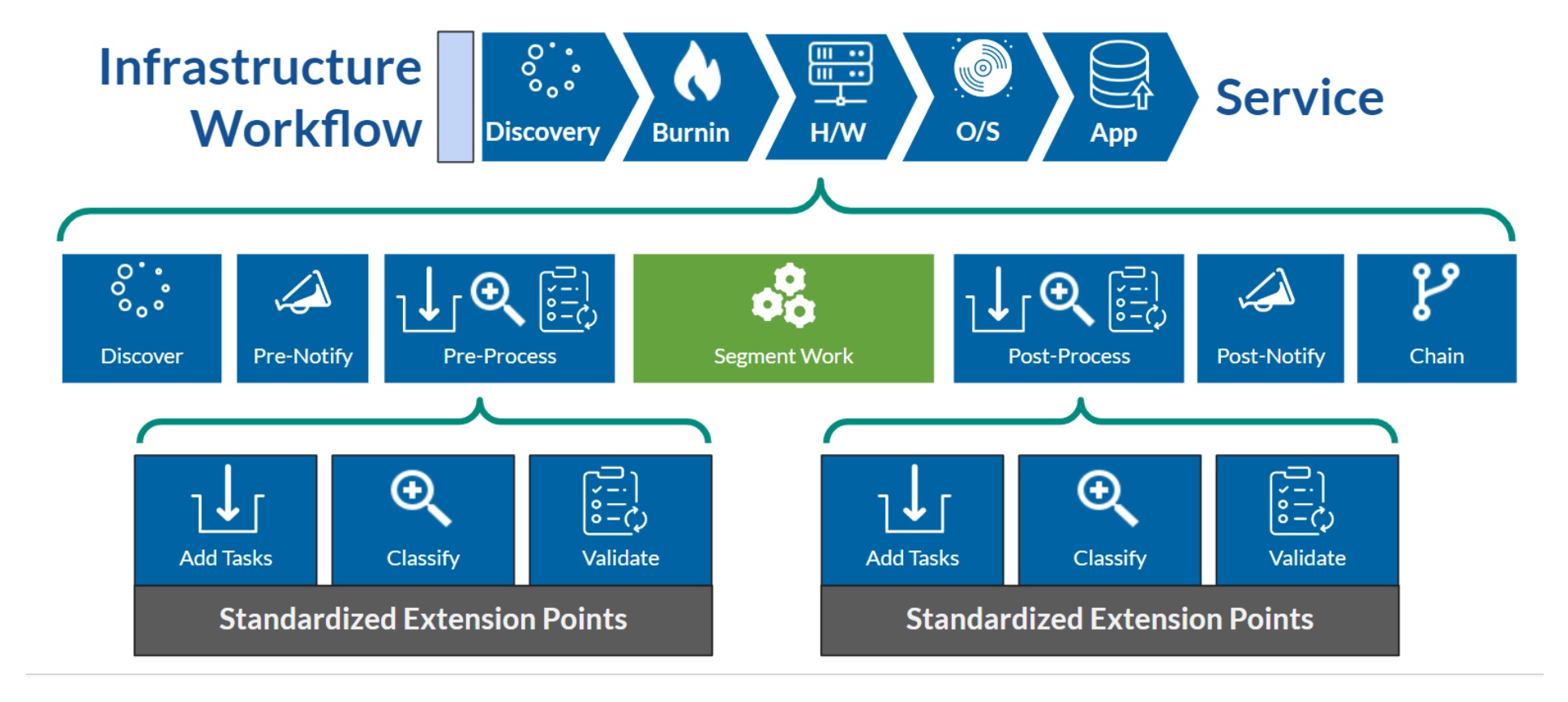On the latest episode of the On-Premise IT Roundtable, we discussed the premise that technical debt isn’t really all that bad. The discussion spurred some interesting insights, among others that technical debt can often be looked at as an optimization problem waiting to be solved.
From that discussion, Dr. Rachel Traylor reflected on the world of machine learning and AI development. Organizations create their own technical debt when they quickly chase a way to implement the latest buzzworthy technology without either fully understanding it or how it will really impact their product. It’s a really great point that development of these technologies is not dictated by maturity of research, but rather marketing concerns.
Too often conversations on technical debt revolve around waiting too long to adopt a new technology, losing harder to quantify efficiency to save on capital. Dr. Traylor also illuminates another side of technical debt, moving too quickly through a technology to satisfy a marketing checkbox.
Make sure to subscribe to the podcast and watch the full episode here.
Dr. Rachel Traylor comments:
This struck me in a slightly different context than the data centers and storage technologies that comprised the undercurrent of the discussion. I see companies and people scrambling to board the data science/machine learning/AI train, and quickly implement, well, anything that shows they use these concepts and tools. It’s great for marketing, and in marketing, timing is everything. You have to be at the forefront, but not the front. What happens is “research” on a development cycle: new dashboards and “analytics” churned out every few weeks, and slight twists on the same models every time the problem or dataset changes.




